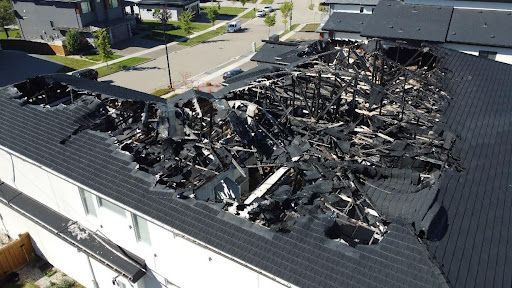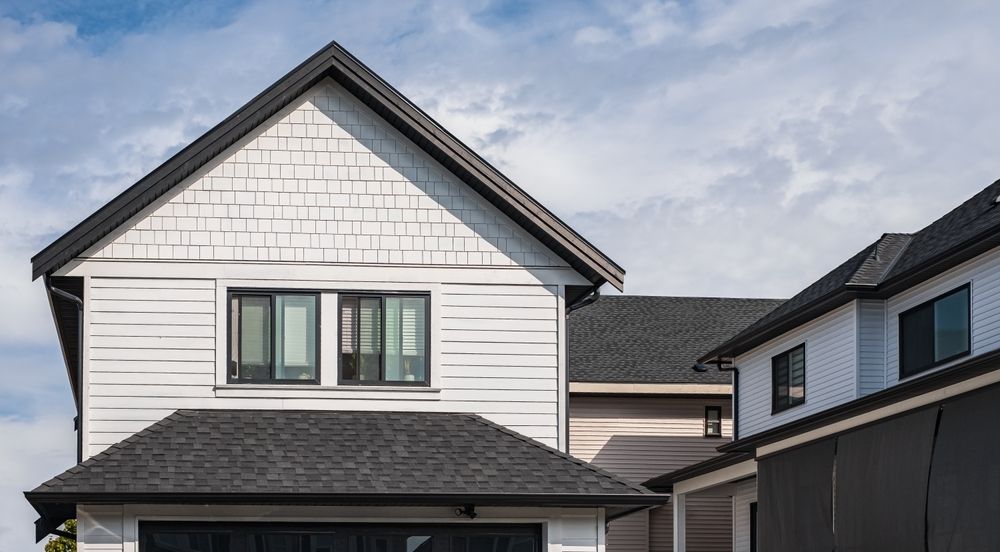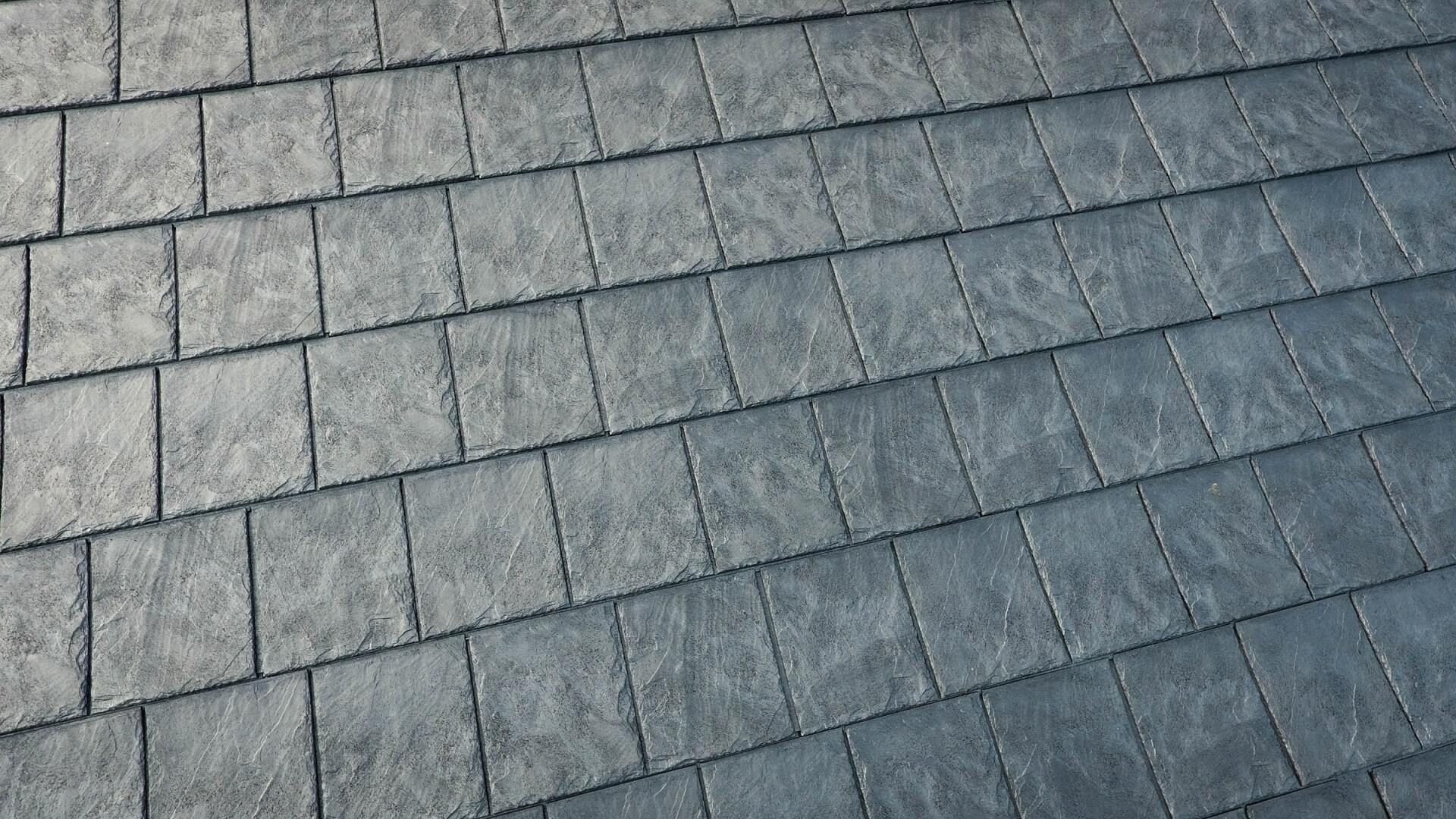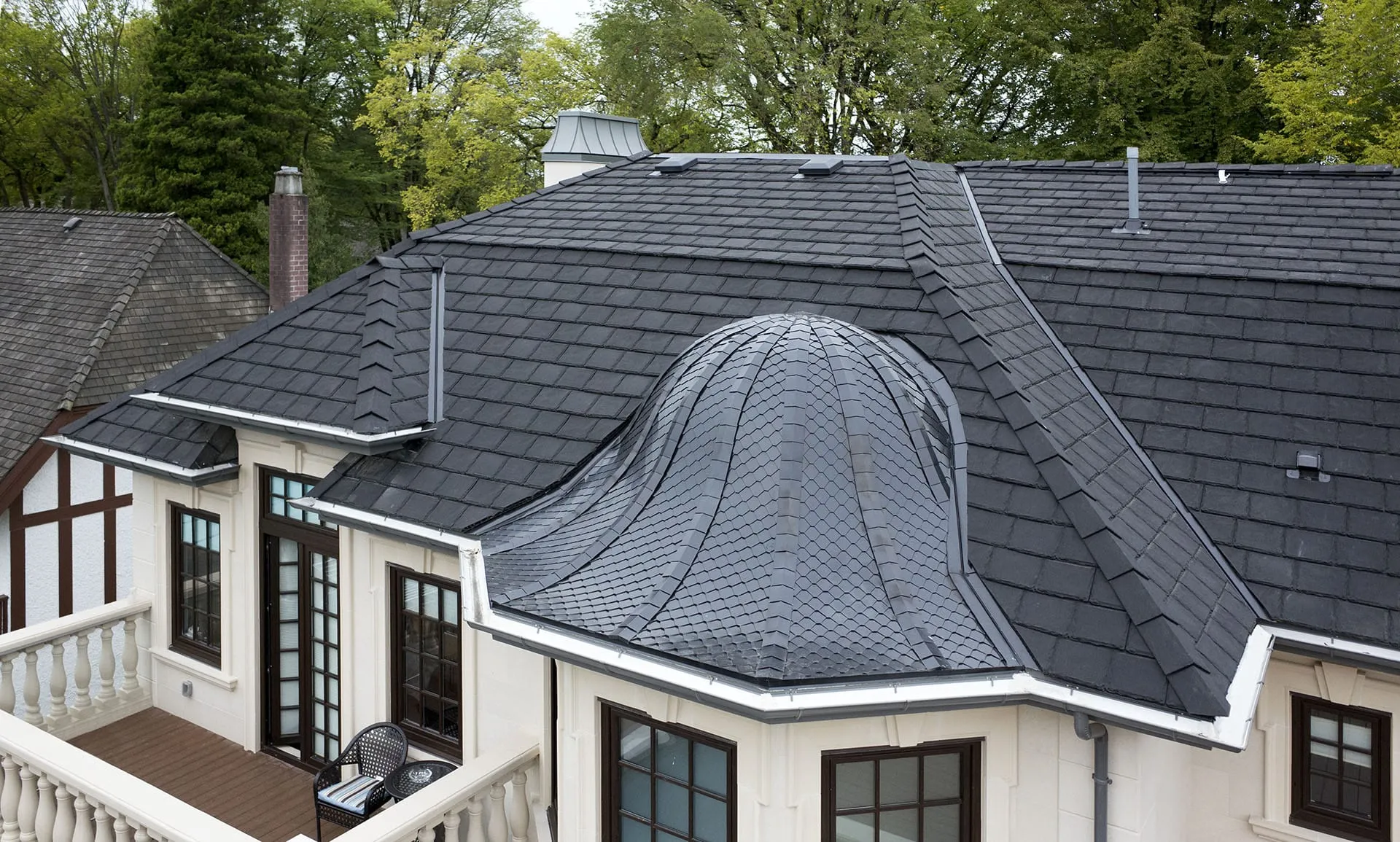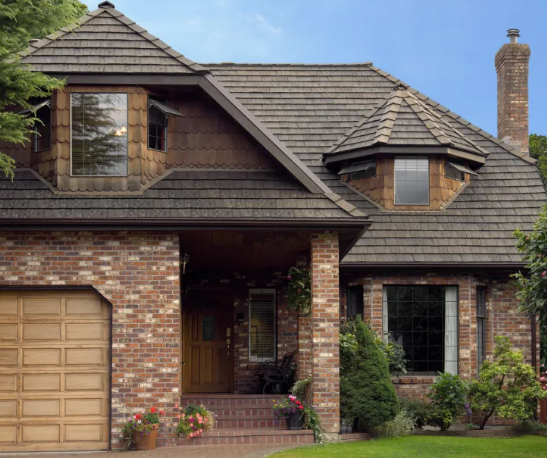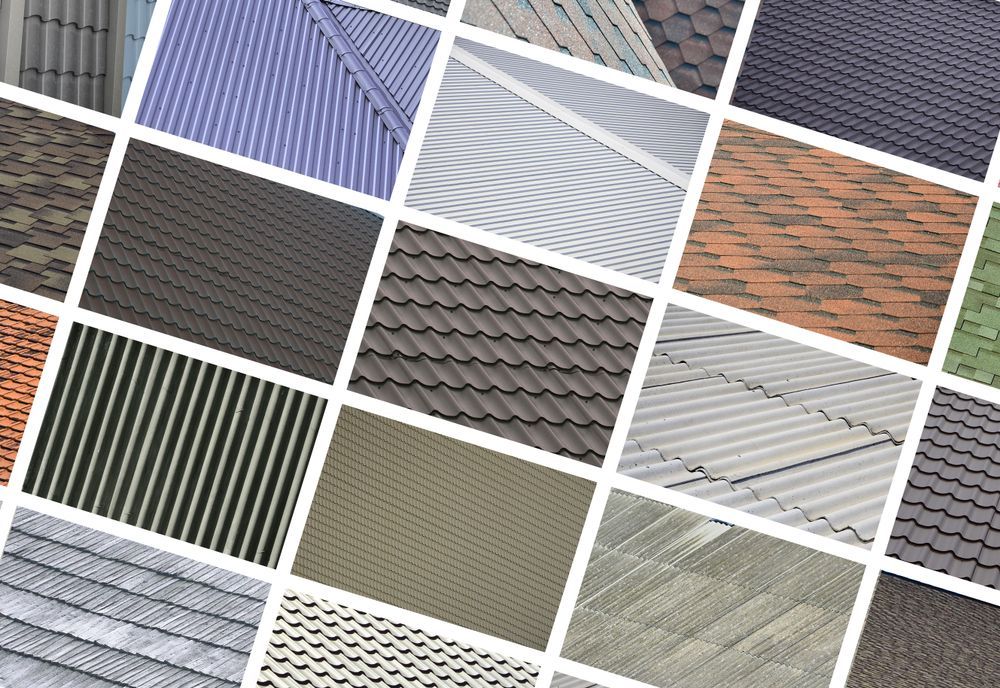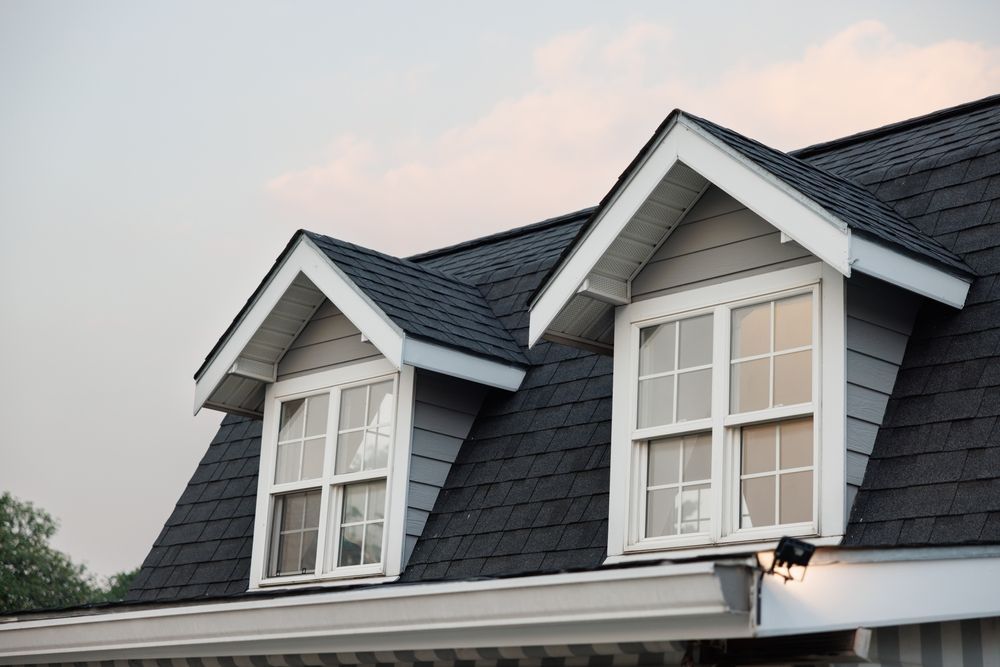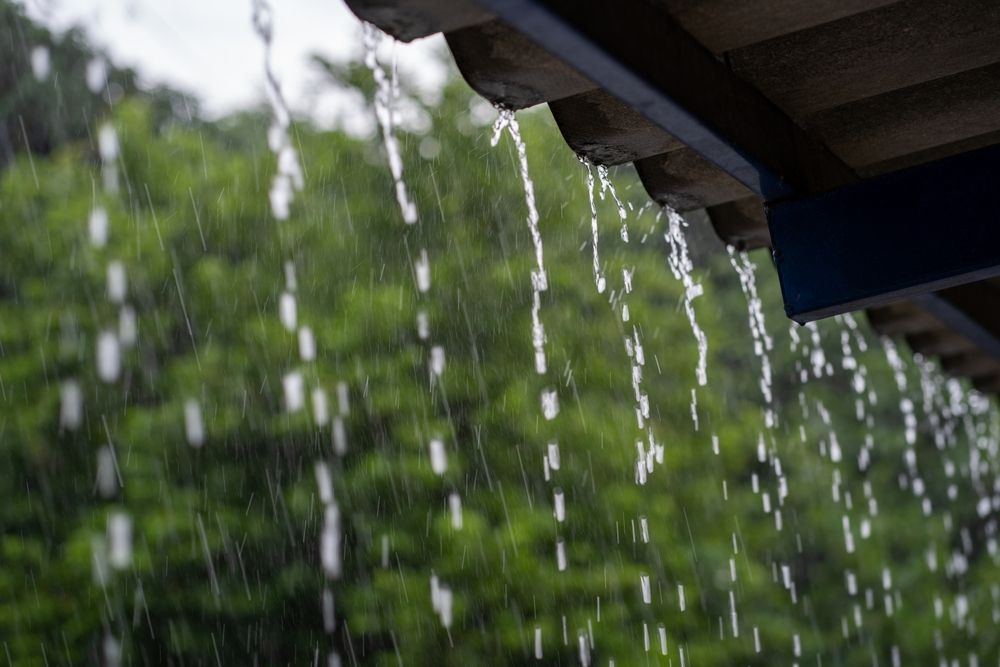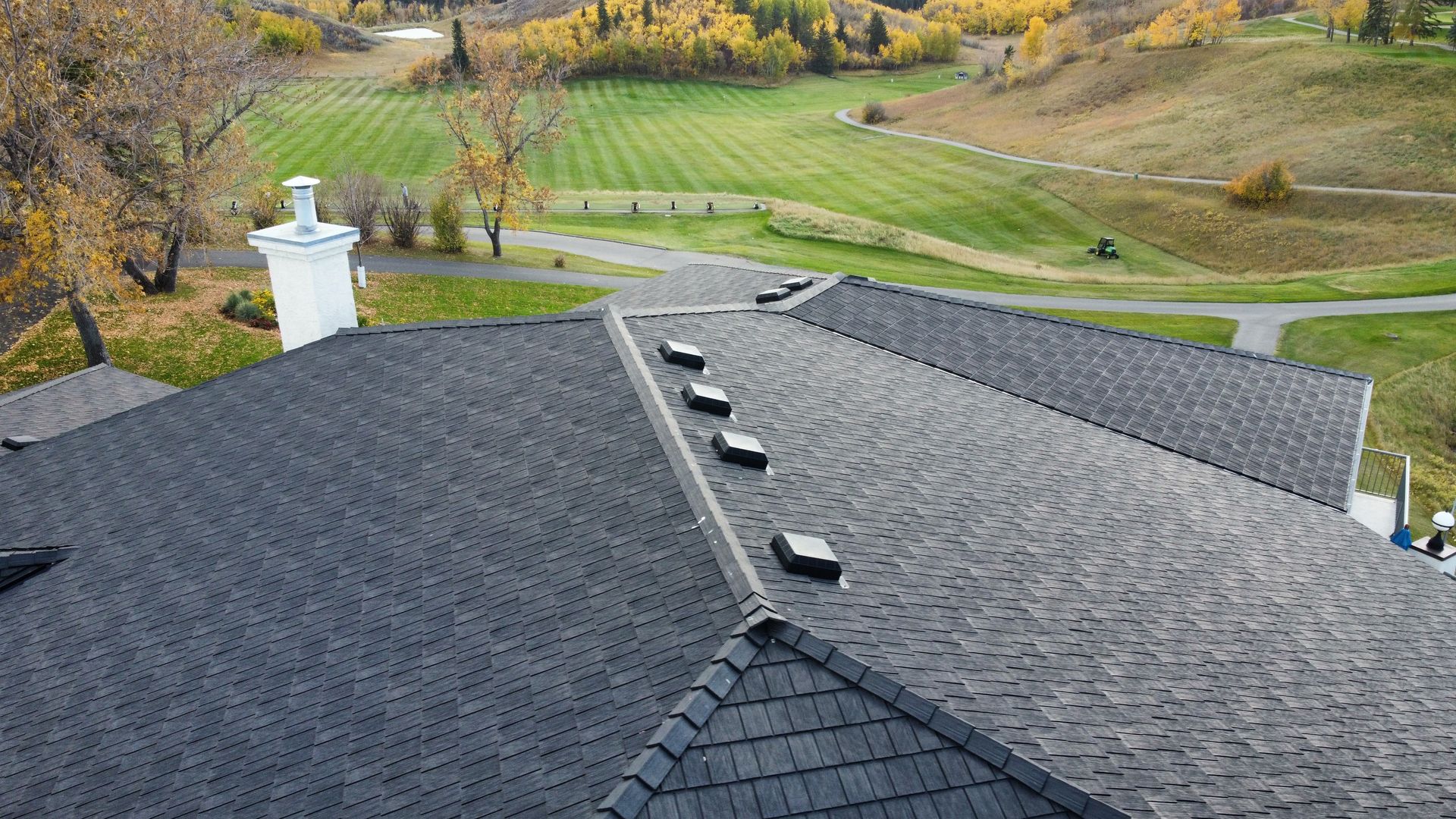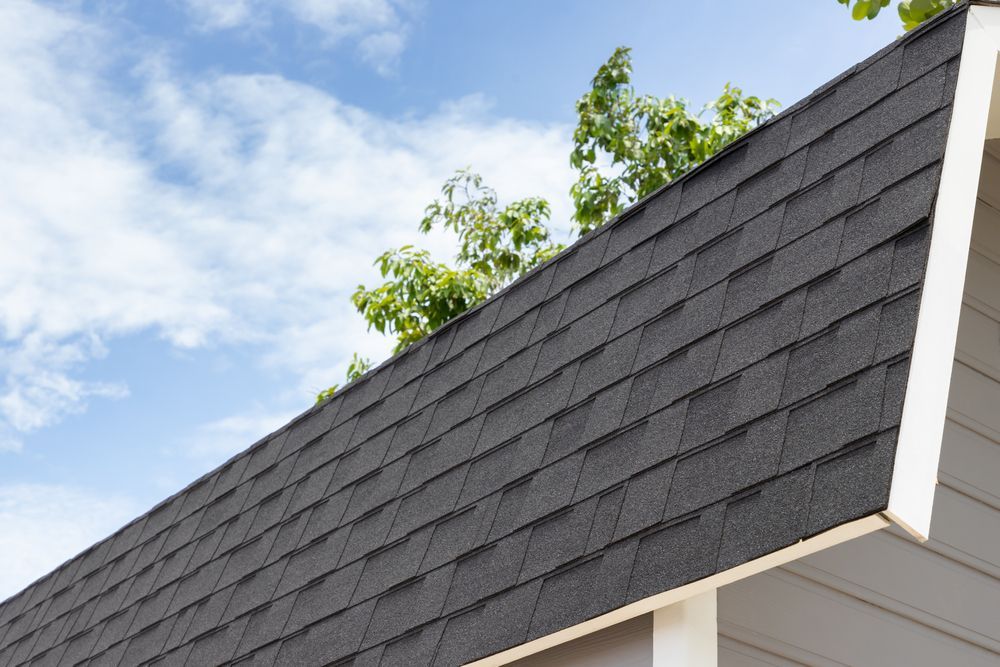My Development Has a Restrictive Covenants On Roofing. What Choice Do I Have?
That depends. In some higher-end developments it can be common practise for the developer to place restrictive covenants on the structures built in that development. In some cases roofing materials are limited to a certain “look” or actual material type (wood roofing was commonly required in the past) and one could not deviate from this for fear of penalties such as fines and/or removal of the roofing material for non-compliance. Some of these covenants are permanently in place, others for a fixed period from completion of the development, such as 10 years or more. It really boils down to the language of the restriction.
In some cases it can be a restriction that the roof covering must have a certain look, wood or slate come to mind. In some cases in need not be actual wood but could be a synthetic product that looks like wood. Often for a roofing material not directly specified, in order to be “accepted” it is necessary to gain the approval of a board in charge of upholding the developer restrictions. Restrictive covenants can be challenged and lifted if the homeowners can mutually agree. It can often be determined by a vote of the homeowners, typically requiring 75% … up to 100% of them to agree, in order to facilitate change.
With new and better environmentally friendly roofing materials, such as Euroshield recycled rubber roofing, on the market today with better fire resistance than wood roofing, in many cases covenants are lifted to allow options that will maintain the higher-end look but with improved longevity and performance. Our roofing systems are Eco Friendly Green Roofing products, made from up to 95% recycled materials, the primary ingredient being rubber from recycled tires. Learn more about our products Beaumont Shake, Rundle Slate and Ranchlands Shake.
